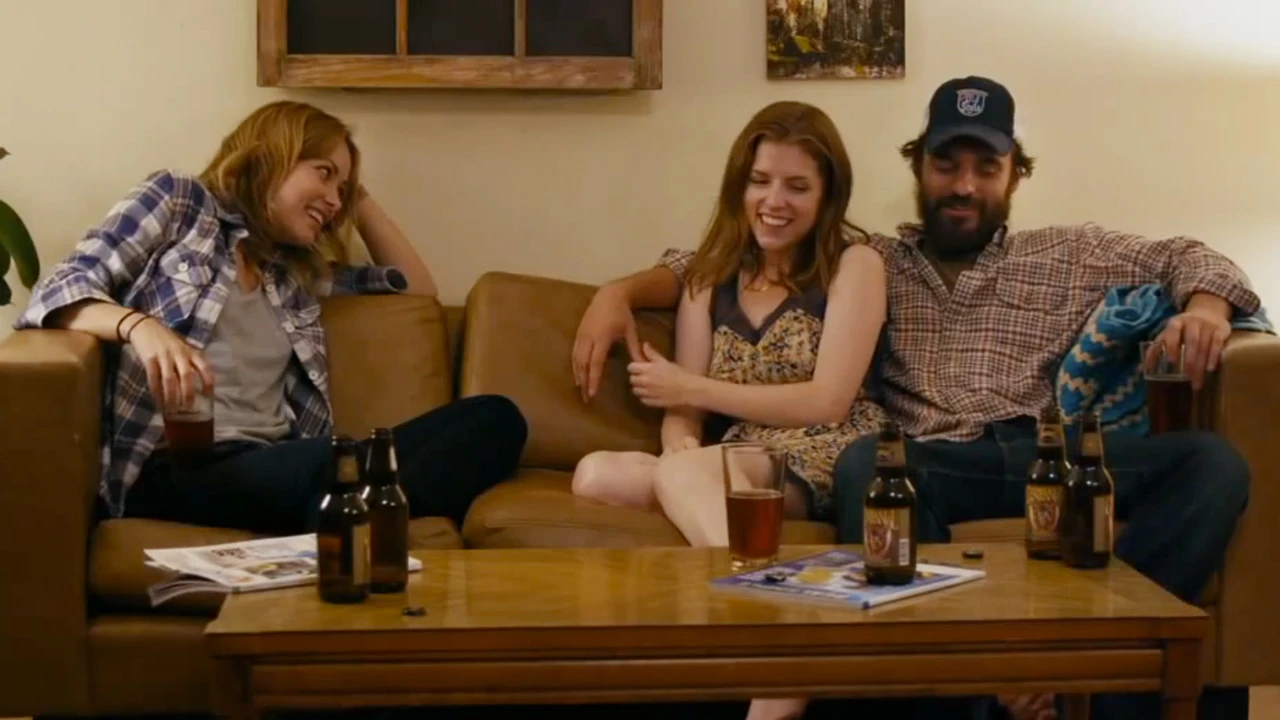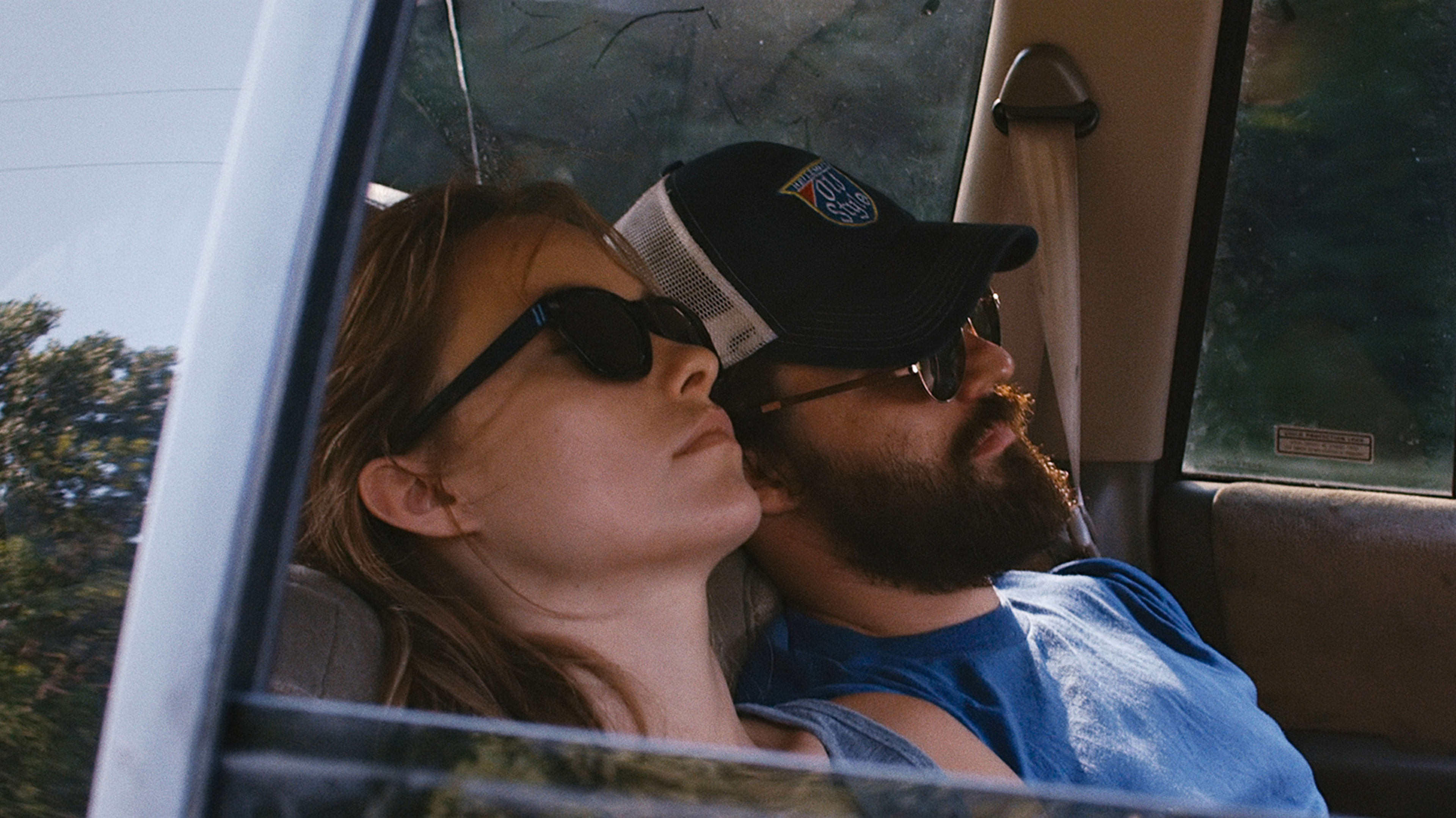To understand Joe Swanberg, it might be useful to know that at age 31, he has made 11 feature films, seven of which were finished in 2010. While some filmmakers who have been working in Hollywood for decades are known for their consistent output, Swanberg might easily be one of the most productive filmmakers of his age, suggesting he is either slightly insane or has figured out a unique process for moviemaking. It may be a little bit of both.
“I feel some sort of lazy if I’m not producing stuff. I find it impossible to just take vacations; it feels so indulgent to me to go on a trip or take a break, if it’s not wrapped up in making something,” Swanberg says. “I also really like it! It’s not stressful to me. It doesn’t feel like work in the bad sense.” In 2010, the year he made those seven films, Swanberg explained, he had found at the beginning of the year that his wife was expecting a baby. Not knowing what his filmmaking career would look like as a father, he planned to shoot a goodly amount of material before the baby arrived, and then he thought he would edit them at home while he spent time with his child. Instead, Swanberg ended up editing them as he went, and almost by accident, he had finished seven films by the end of the year. “I’ve never felt more fluid and capable as a filmmaker than I did that year,” he recalls.
His latest film, Drinking Buddies, debuts August 23. As with most of his films, Swanberg serves as producer, editor, director, and writer. In this case, the titular drinking buddies are two couples: Kate (Olivia Wilde) and Chris (Ron Livingston) as well as Jill (Anna Kendrick) and Luke (Jake Johnson). All four characters think they know what relationships they are in, but they soon discover all is not as it seems.
When Swanberg was in film school, he saw his peers produce work that he felt was lacking, in part because they got so wrapped up in the process, production design, and doing the film the “right way” that they forgot to focus on making good movies that people might actually want to watch. Swanberg thought: “How can I do a movie and put all of my mental and physical energy into the content of the movie rather than the production of the movie?” In answering that question, a new process was born.
For each of his films, Swanberg begins by casting a group of actors that he wants to work with and then writing a rough outline of the film for them. The work begins in earnest before the cameras roll. In Drinking Buddies, Jake Johnson and Olivia Wilde were asked to show up early to begin an informal process of bonding with each other. That engendered some spontaneous activity, which is on display in the film, including a scene where Wilde jumps mostly naked into the ocean, which Swanberg says was all Wilde’s own idea.

Each scene in a Swanberg film has a basic outline, which everyone involved discusses with him before they begin filming. From that point, Swanberg exercises a process of creative destruction. Any given scene is filmed a myriad of ways. Many takes are radically different; some are different only in the nuances. Swanberg believes that, through this process, he can find not only the right take but one that is truest to the characters. “The actors are learning every time the cameras are rolling. They are getting to know the characters and each other and that’s valuable,” he says. “I’d much rather let them veer off in the wrong direction and learn a few things in the process than be constantly reining them in.”
Ultimately, he believes, he gains more diversity and texture for the time when he goes to edit the film as opposed to the more traditional directorial role of working toward eliciting a specific preconceived vision of a scene from the actors and crew. Since Swanberg is also his own editor, this process allows him to have a more experiential shoot and the opportunity to do the fine tuning work in the editing booth in a choice of contexts. “Nothing is going to be used in the final cut that I don’t want to be in the film, which actually allows me to be a much looser director on set,” says Swanberg, who also typically shoots with a single camera, microphone, and a stripped-down crew.

His plots often deal with young people and their relationships, breakups, and loves. He worked with Greta Gerwig earlier in his career and has been referred to as one of the filmmakers working in the so-called “mumblecore” movement that Gerwig has been particularly noted for. The fact that Drinking Buddies is set against the backdrop of the craft-brewing world is no accident. Swanberg wanted to delve into the world of craft brewing, which he felt hadn’t been given its due in film. Kate and Luke both work at a craft brewery called Revolution Brewing, which is an actual brewery in Chicago, where the film was shot in just 18 days.
The craft brewery world served as a partial inspiration, but so did someone who probably rarely finds herself in the same sentence as craft brewing: Elaine May and films of hers like The Heartbreak Kid. “Those movies reminded me that my favorite films managed to be entertaining, funny, dramatic, and complex all at the same time.” Swanberg says, noting his desire to reach a wider audience with this film. “Those movies were not only big commercial hits; they were also big critical hits.”

The “fly-by-the-seat-of-your-pants” style deployed by Swanberg usually allows him the ability to avoid his least favorite part of moviemaking, the logistics. Decidedly uninterested in organizing travel, props, and craft services, Swanberg had to adapt this part of his approach as well as crafting a slightly more detailed outline for the needs of Drinking Buddies, which has a bigger budget, bigger-name actors, and a bigger distributor than many of his prior films. (The film is opening in 12 theaters after playing a strong festival circuit earlier this year and a VOD release that began last month.) But Swanberg says the ability to tell a bigger story was something he relished after all these years of making smaller films. “Drinking Buddies was the first time I ever went back to the ‘right way to make movies’ and that film school education I received. Thankfully, in the meantime, I’d had seven years of practice focusing on the things that mattered to me,” says Swanberg, who now enjoys working with slightly greater resources. “I had the best time of my life on this movie.” But in the same breath, he assures us his signature filmmaking style won’t change any time soon.
Recognize your brand’s excellence by applying to this year’s Brands That Matter Awards before the early-rate deadline, May 3.
